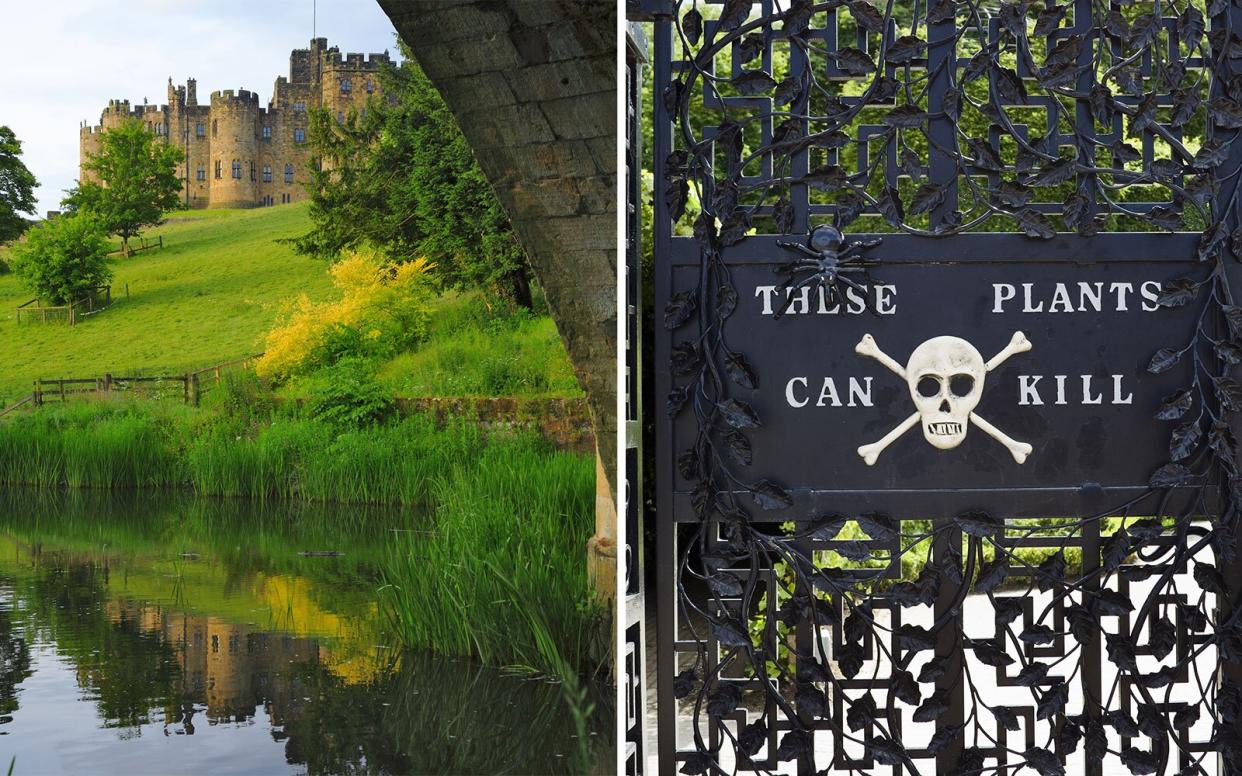Visitors Beware at Alnwick Castle's Poison Garden

Getty Images
The Duchess of Northumberland has a strange hobby. In the gardens surrounding her family’s ancestral home at Alnwick Castle in northeast England, she grows poison.
After an inspirational trip to the infamous gardens in Padua, Italy, where rows of medicinal and poisonous plants sit among ornamental plants and less toxic varieties of greenery, the Duchess devised a plan. She hired Jacques Wirtz, a landscape architect known for his work at the Tuileries in Paris, to help transform the Alnwick Garden into a garden of toxic delights—for purely educational purposes, of course.
Today, the so-called Poison Garden is home to over 100 varieties of plants that can kill, taking up 14 acres of the grounds of Alnwick Castle, which stood in for Hogwarts in the first two Harry Potter movies and had a star turn on Downton Abbey.
Though the garden is chilling, it’s true that it is also pedagogical. According to the company’s website, the Duchess of Northumberland really did have children in mind when she planned it. “I felt that most children I knew would be more interested in hearing how a plant killed, how long it would take you to die if you ate it, and how gruesome and painful the death might be,” she said.
She has been proven right, as each year more than 600,000 visitors pass through gates marked with a dire warning—“These Plants May Kill”—to see the henbane, opium, foxgloves, belladonna, and poppies that grow on the castle’s grounds. There’s coca and cannabis (for science!) and Nux vomica (a.k.a. strychnine) alongside its natural antidote, hemlock, which is also a poison in its own right. There’s even Ricinus communis, which can be used to make either relatively innocuous castor oil or the incredibly toxic poison that is all too familiar to Breaking Bad fans.
Because the plants live up to their warning and are incredibly dangerous, visitors are prohibited from smelling, touching, or—needless to say—tasting any of them. Even with strict adherence to the rules, visitors can still fall victim to the deadly plants and their toxic fumes. Last year, seven people reportedly fainted just from walking past a particularly noxious patch.

